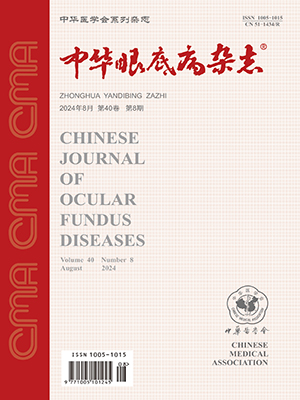Fundus autofluorescence (FAF) relies primarily on the presence of accumulated lipofuscin in the retinal pigment epithelium (PRE) cells. It has emerged as a valuable tool to detect and evaluate the viability and structural changes of the RPE in live. As a noninvasive, repeatable, simple and efficient means of detection, FAF imaging can provide information of RPE structure and function to assistant the diagnosis of many retinal diseases with other conventional fundus imaging technologies. With quantitative analysis and complementary analysis with other fundus imaging technologies, the FAF features of different retinal diseases will be further understood. This knowledge will not only extend the reasonable and unique clinical applications of FAF, but also will contribute to the understanding the pathogenesis and improving the treatment of many retinal diseases.
Citation: Jin Ma. Explore the breadth and depth of clinical research and applications of fundus autofluorescence. Chinese Journal of Ocular Fundus Diseases, 2011, 27(4): 309-313. doi: Copy




